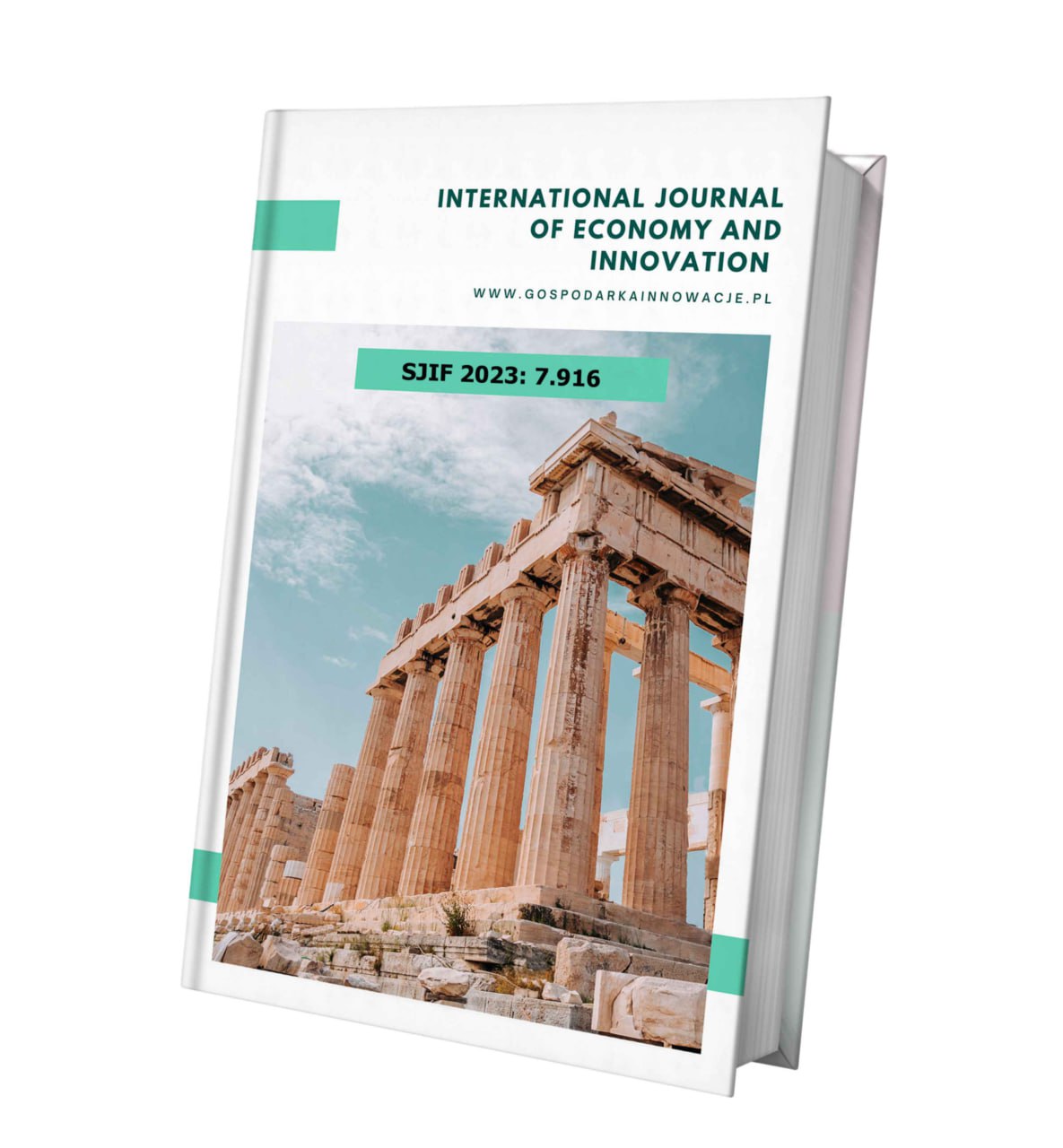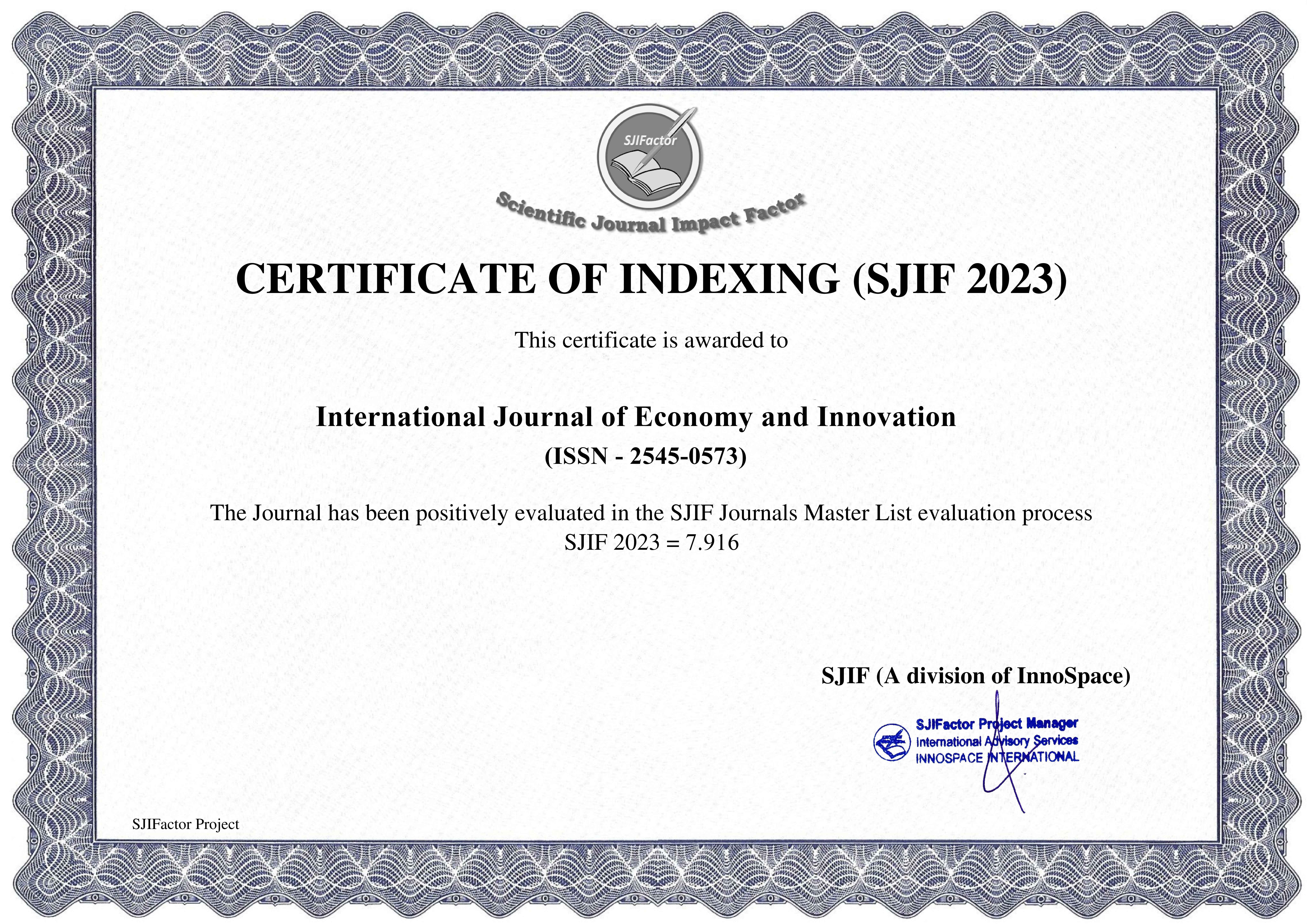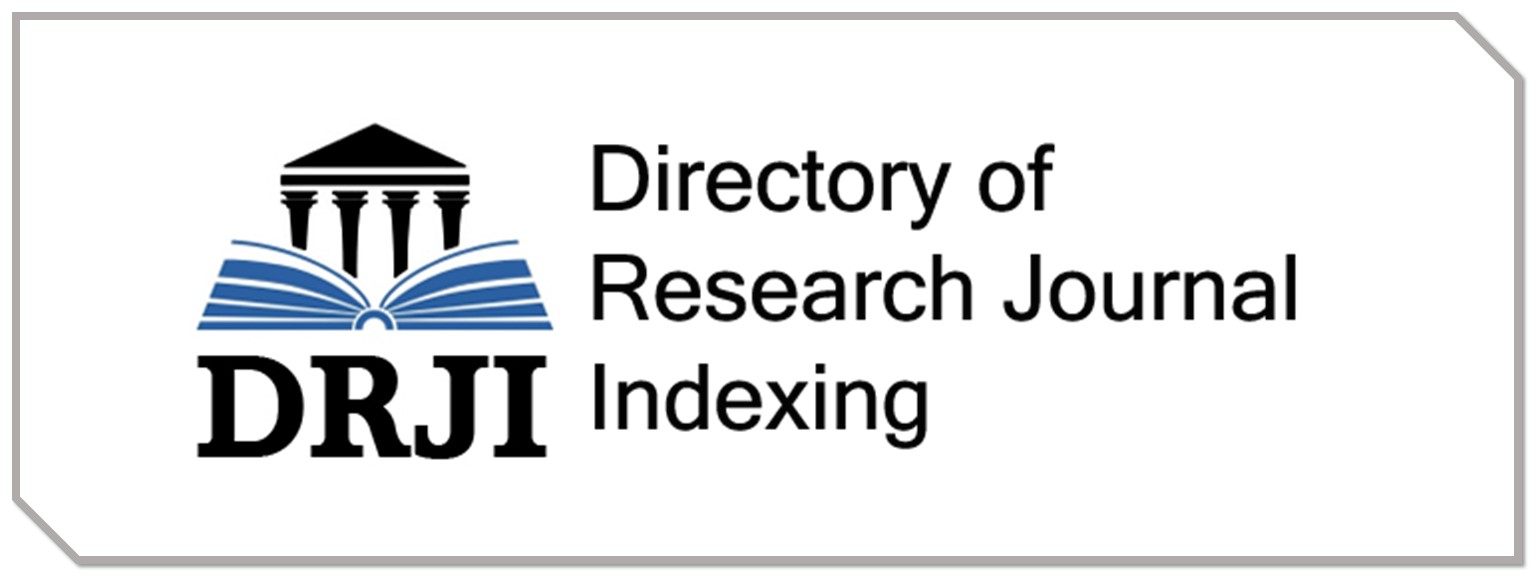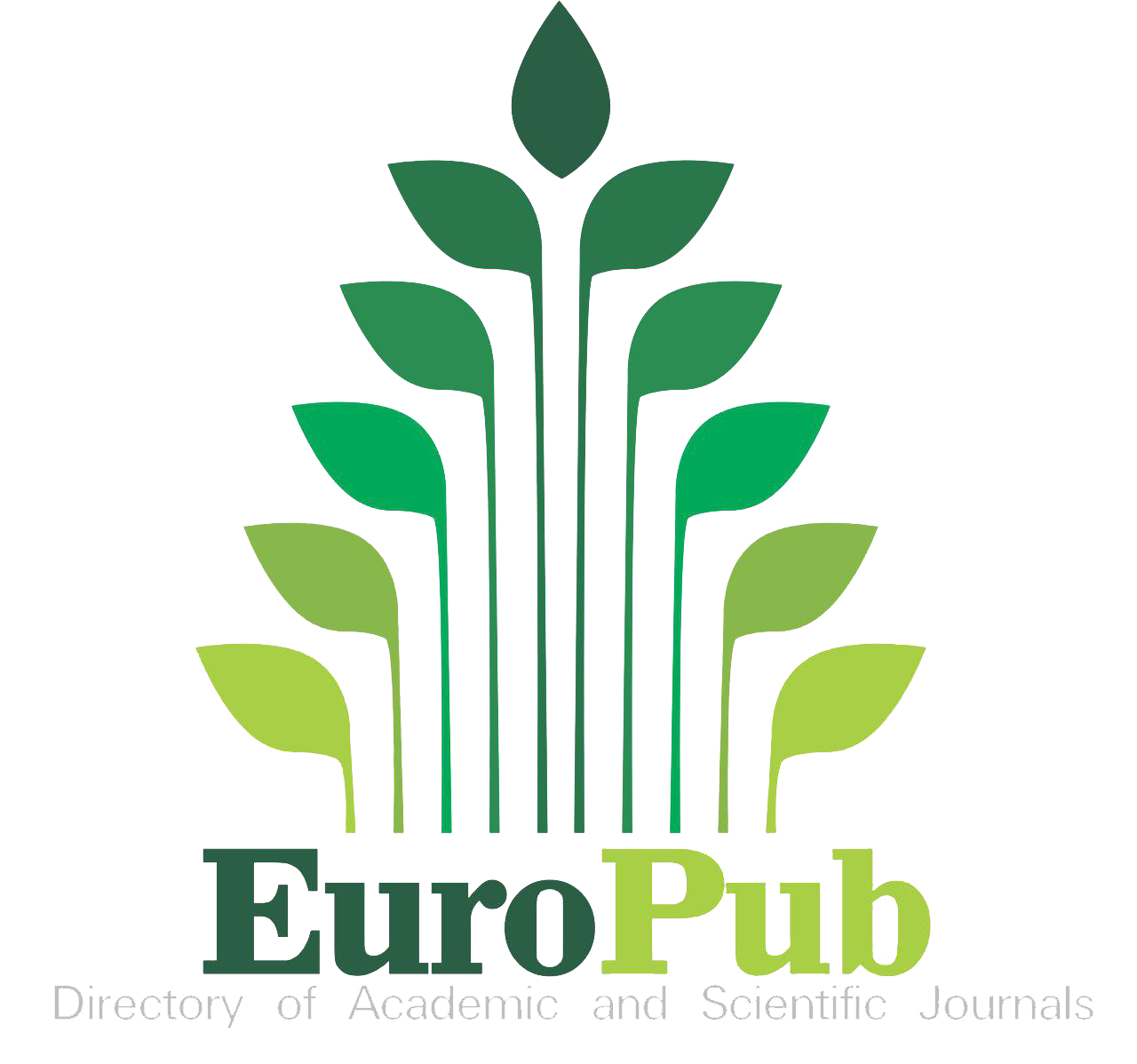CLADDING TILE PRODUCTION USING MAGNESIUM OXYCHLORIDE CEMENT MORTAR IMPROVED BY DIFFERENT WASTES
Keywords:
Cement technologies, production of facing tiles, waste management, materials science, building materialsAbstract
The purpose. Obtaining magnesium binder and production of composite materials using binders based on production waste.
Methods. The first stage is the production of reinforced cement;
The second stage is the production of external facade materials using manufactured cement and additional components; The third stage is the production of coating materials and the study of their properties [1-5].
Results. The dispersion of the binder materials and, accordingly, the reactivity of the binder on the surface area of the grains increases, and at the same time the strength properties, especially the mechanical strength, are improved [6-7]. The MgCO3 used to form the solid coating is first heated at different temperatures for different times and then reacts with some MgO hydrochloric acid to form MgCl2. Crushed glass (glass waste) and foundry sand (waste sand) of the metallurgical industry are used as fillers with cement paste as filler components based on silicate materials [8-9].
Summary. Cement mix (magnesium oxychloride) bulk waste, desert sand, glass waste, activated carbon, basalt fiber, polypropylene fiber, and polyethylene terephthalate waste, low density polyethylene (waste) improved with various additional materials [11]. Includes laboratory research and development of new coating material. The topic of improving cement and its properties with various additives is new, it opens up new opportunities, and the main part of the topic includes chemistry, material science and civil engineering [10].

















